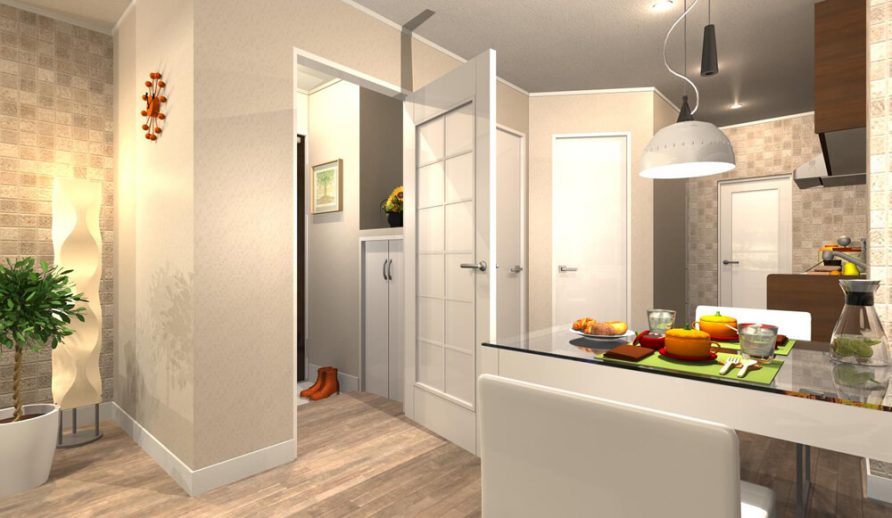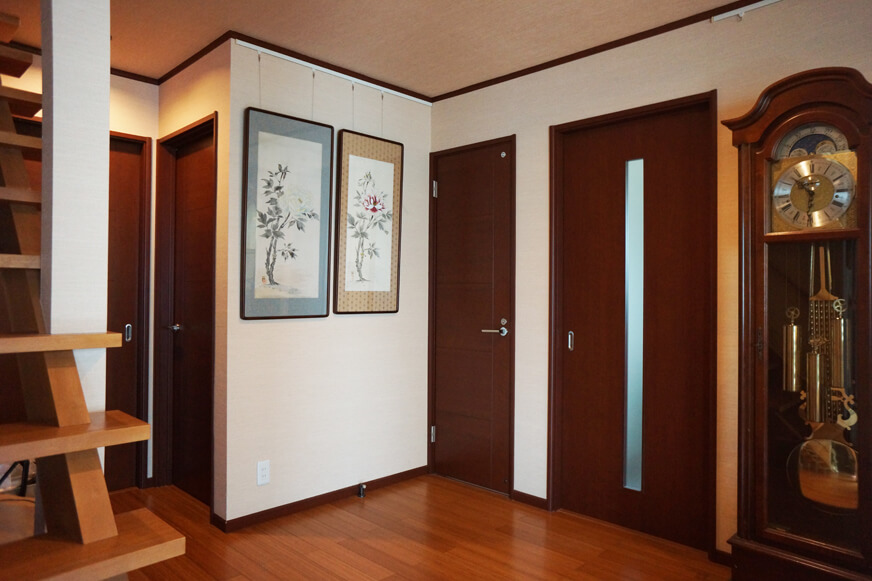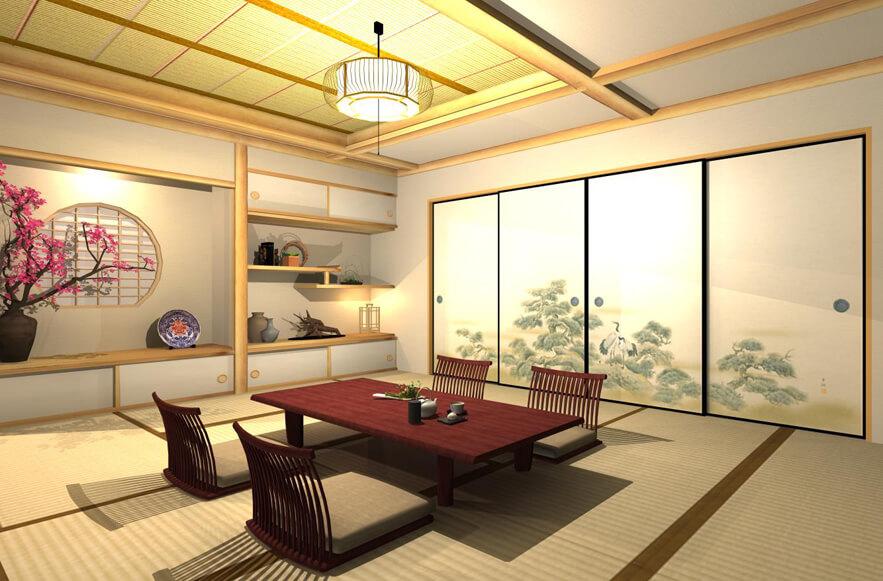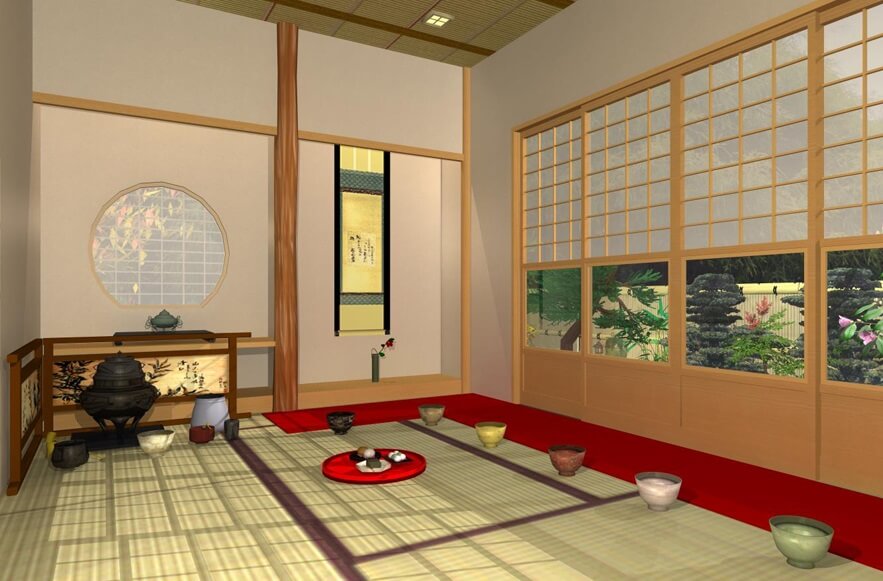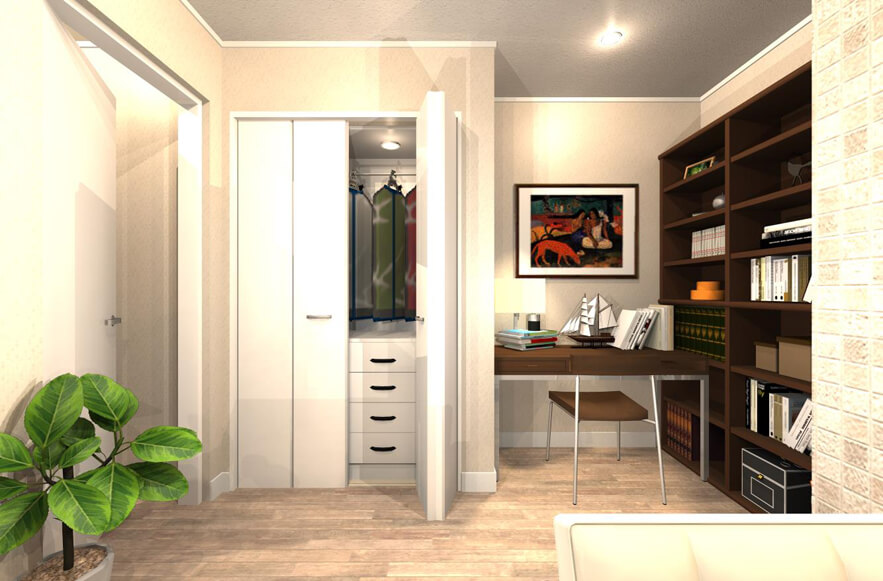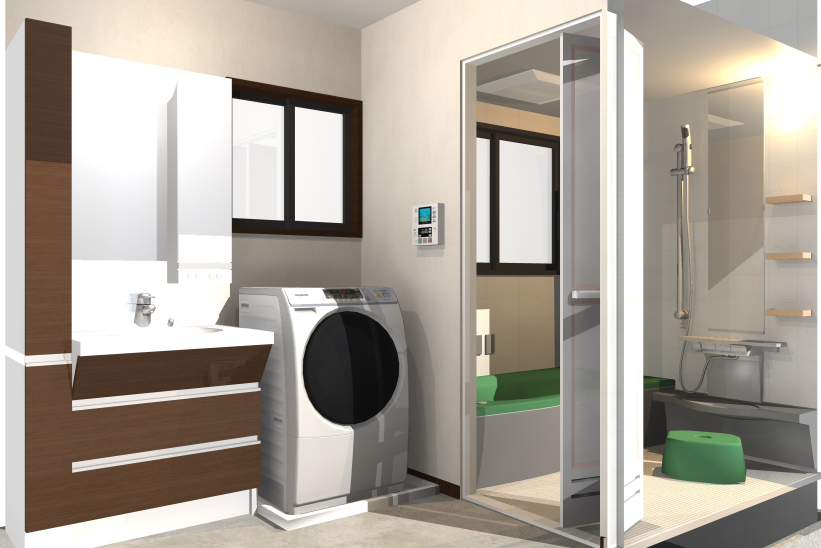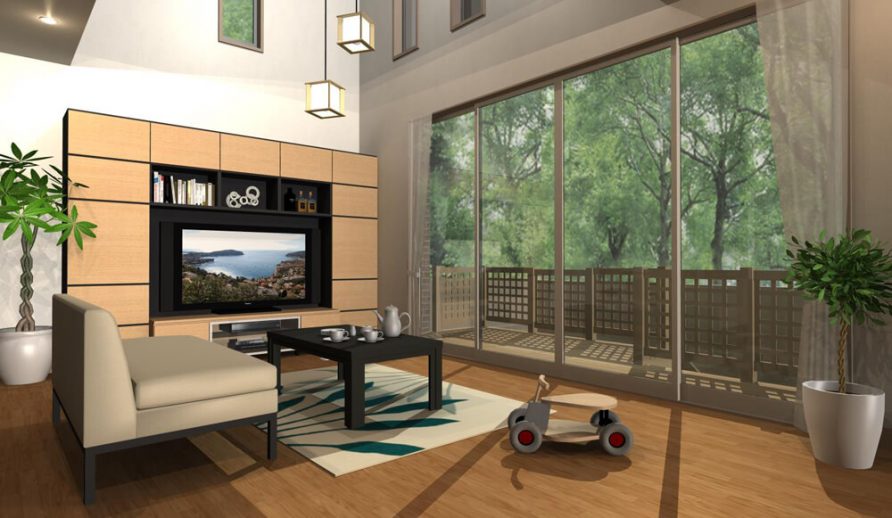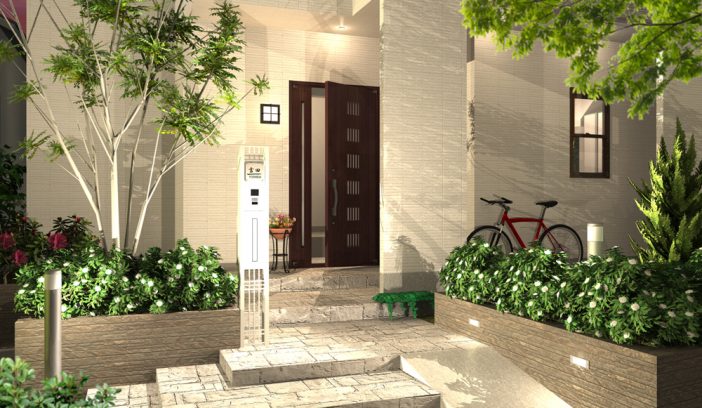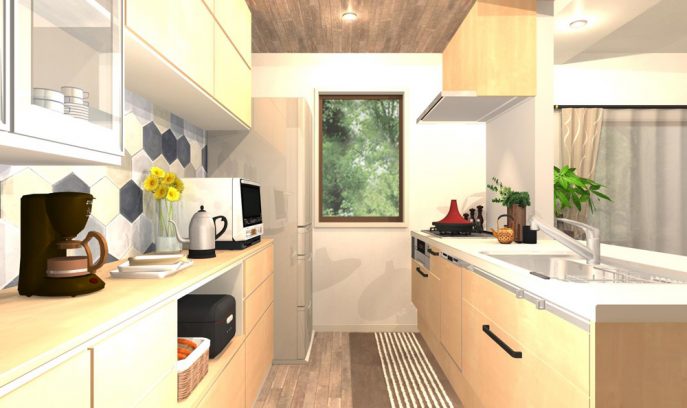The Japanese Home
Introducing unique architectural features and designs
influenced by Japanese culture.
A wide variety of Japanese house doors
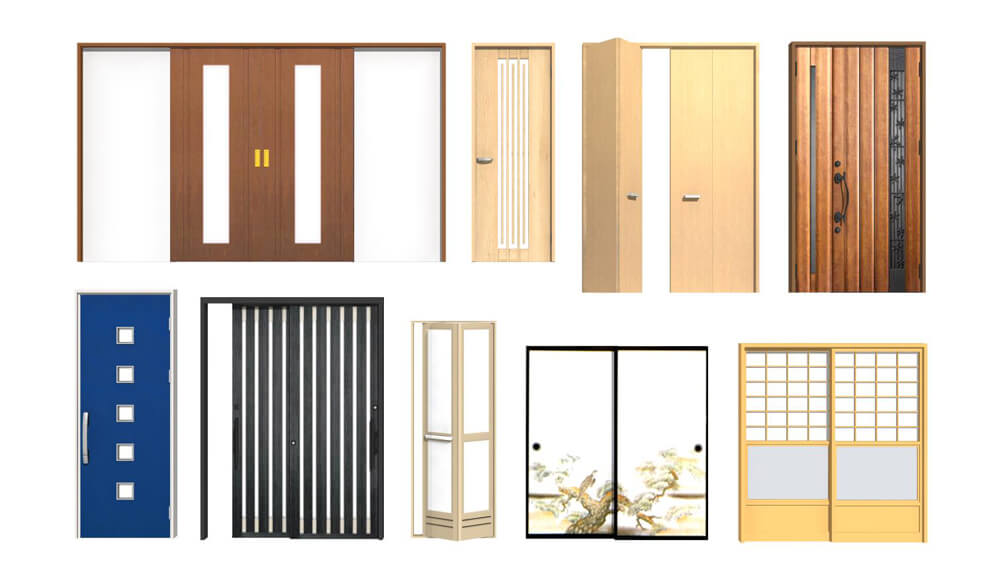
July 5. 2021
A front door that go in and out of a house, a indoor door that go out of a room into the hallway, or between rooms.
There are various types of doors for different purposes. I think Japanese houses have even more types of doors compare to a typical western style house.
Here, I am introducing the characteristics of modern Japanese house doors.
Single Door
In modern Japanese houses, single doors are commonly used for a front door, as well as for interior doors.
A single door does not require a space to pull in like a sliding door, and it is easy to install.
Most of bed room doors in a modern Japanese houses are single doors, but having a lock on the door is not common.
Privacy should be respected, however, most Japanese people do not feel locking a door is necessary among family members.
Of course, the toilet door has a lock, so don’t worry!
Sliding door
Sliding doors have been commonly used in Japanese houses. In traditional Japanese houses, almost all doors were sliding doors.
However, in modern Japanese houses, a single door are used more, and you don’t see sliding doors as much as before.
Sliding doors do not require space to be opened, which is in some cases beneficial.
For example, installing two single doors in a small space can be tricky. You will have to carefully choose where to install. Otherwise, the doors may hit each other when you open them.
However, where to install a sliding door has flexibility.
Sliding doors may be a good choice for a senior person’s room in consideration use of wheelchairs.
In addition, you can keep a sliding door slightly open for airflow.
Fusuma and Shoji screens which are also kind of sliding doors have been a characteristic feather of Japanese-style rooms.
A decorative sliding door for “Oshiire”, which is a Japanese closet, can be a great accent of the room.
Fusuma also can be used to divide a large room into two or more rooms. When the doors are opened, the room becomes one room.
The shoji screens installed between a room and a hallway and between the room and the window let in the gentle sunlight through Japanese paper when closed.
When they are opened, make the outside scenery look more beautiful.
Folding door
“Folding doors” or “Bifold doors” have been used in modern Japanese houses also.
In Western countries, glass folding doors are often seen as terrace doors, but you don’t see them in Japan.
In Japanese houses, folding doors are often used for a closet door and a bathroom door.
A folding door doesn’t require much space to open, and for that is the reason, a folding door is used for a closet door.
A relatively Japanese house is smaller, and this works well in smaller rooms.
For the same reason, a folding door is used for a bathroom door, which is also a small space in a Japanese house.
Japanese-style bathrooms do not have a toilet in them. Normally only a bathtub and a shower, then a changing room are next to it.
A toilet is located in a separate location.
Between the bathroom and the changing room, a highly airtight folding door is commonly used.
This folding door often comes with a translucent resin panel, which is lightweight, easy to open/close, and easy to clean.
What is a Sweeping Window?
What is the difference between a window and a door? Usually, you can walk through a door, but not through a window.
It’s basically the same in Japan, however, there is a door called “Hakidashi Mado” it literary translate as “Sweeping Window”.
In a Japanese house, this Hakidashi Mado is large sliding glass doors that are often used for terrace doors.
“Sweeping Window” means a window we can sweep dirt from the inside to the outside of a house. Japanese people used to sweep out the dirt by a broom and for some reason, called the Sweeping Window, not Sweeping Door. These days, Japanese people still call this type of sliding door “Sweeping Window”.
If you ask “Do you have a door to the balcony?” Japanese people, the answer could be “No, we don’t have a door to the balcony, but we have Hakidashi Mado (Sweeping Window) instead.”
Cultural differences are interesting!


